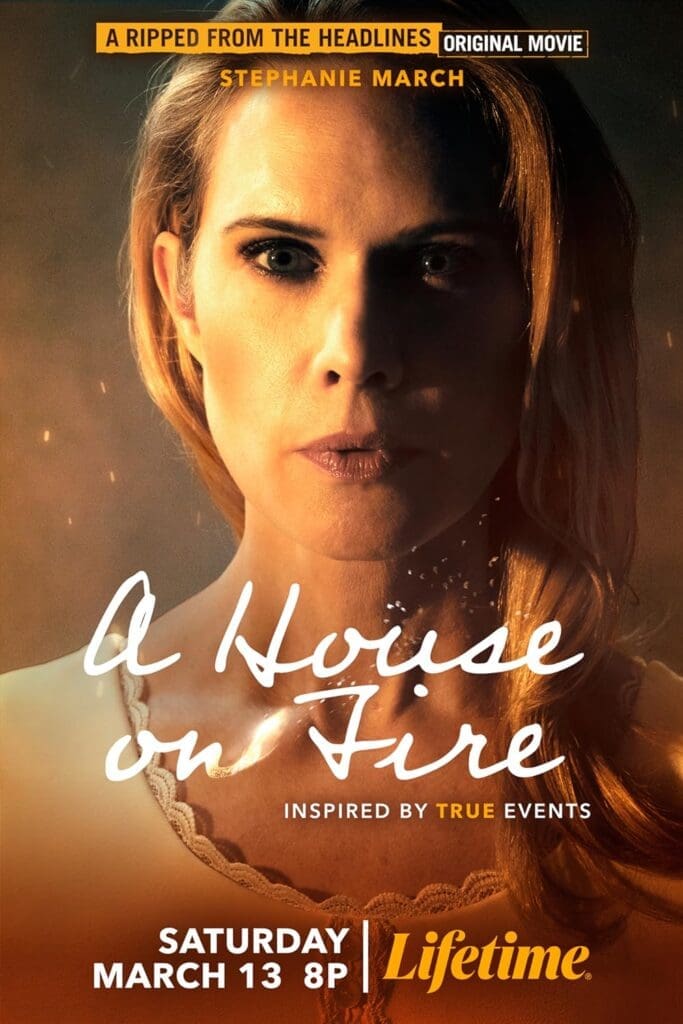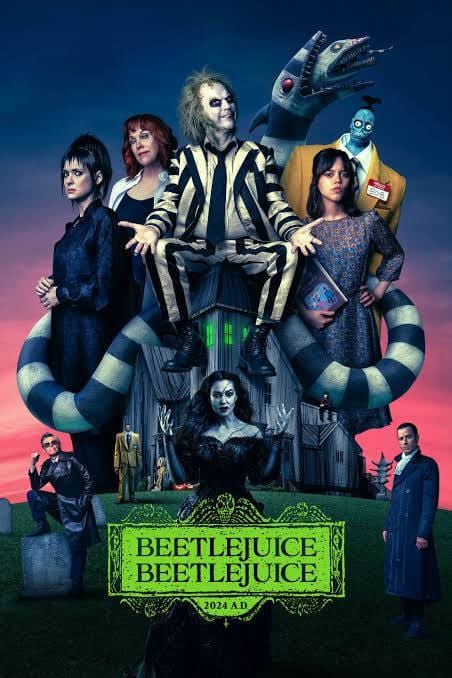“A House on Fire,” directed by Shamim Sarif, is a compelling drama based on the true story of Dr. Deborah Green, a once-successful oncologist whose life spirals out of control leading to tragic consequences. This Lifetime movie delves into the complexities of mental illness, family dynamics, and the devastating impact of unchecked emotional turmoil.
Plot Summary:
The film begins by introducing us to Dr. Deborah Green (played by Stephanie March), a highly accomplished physician who seems to have it all—a flourishing career, a beautiful home, and a loving family. However, beneath the surface, Deborah is struggling with severe depression and anxiety, exacerbated by her demanding job and the pressures of maintaining a perfect image.
As the narrative unfolds, we witness the deterioration of Deborah’s mental state. Her marriage to her husband, Duane (played by Shaun Benson), becomes increasingly strained due to her erratic behavior and emotional outbursts. The couple’s children, Kate and Tim, are caught in the crossfire, their lives disrupted by their mother’s instability.
The turning point comes when Deborah’s professional life begins to crumble, leading to her resignation from the hospital. Her sense of identity and self-worth, closely tied to her career, is shattered. Isolated and desperate, Deborah’s actions grow more unpredictable and dangerous, culminating in a catastrophic fire that changes everything.
Performance:
Stephanie March delivers a hauntingly powerful performance as Deborah Green. She skillfully portrays the nuances of a woman battling internal demons, making the character both relatable and terrifying. March’s ability to convey the gradual unraveling of Deborah’s psyche is truly remarkable, drawing viewers into her troubled world.
Shaun Benson, as Duane, provides a solid counterbalance to March’s intensity. His portrayal of a husband trying to support his wife while grappling with his own frustrations is both sympathetic and realistic. The supporting cast, including the child actors, also deliver commendable performances, adding depth to the family dynamic.
Direction and Cinematography:
Shamim Sarif’s direction is both sensitive and gripping. She handles the subject matter with care, avoiding sensationalism while still creating a sense of urgency and tension. The film’s pacing is deliberate, allowing the audience to fully grasp the gravity of Deborah’s mental decline.
The cinematography effectively mirrors the emotional tone of the movie. The use of shadows and dim lighting in certain scenes underscores the dark and chaotic nature of Deborah’s mind. In contrast, the brighter moments, particularly in flashbacks to happier times, highlight the stark difference between Deborah’s past and present states.
Themes and Message:
“A House on Fire” tackles several heavy themes, including mental illness, domestic strife, and the consequences of untreated psychological issues. It offers a poignant commentary on how societal pressures and personal expectations can drive someone to the brink.
The movie also sheds light on the importance of seeking help and the devastating impact that mental illness can have not just on the individual, but on their loved ones as well. It’s a stark reminder of the need for compassion and understanding in dealing with mental health issues.
Conclusion:
“A House on Fire” is a powerful and heartbreaking film that leaves a lasting impression. With its strong performances, particularly from Stephanie March, and sensitive direction by Shamim Sarif, it succeeds in telling a difficult story with grace and depth. This movie is a must-watch for those interested in psychological dramas and true crime stories. It not only entertains but also educates, urging viewers to look beyond the surface and understand the profound struggles faced by those battling mental illness.




